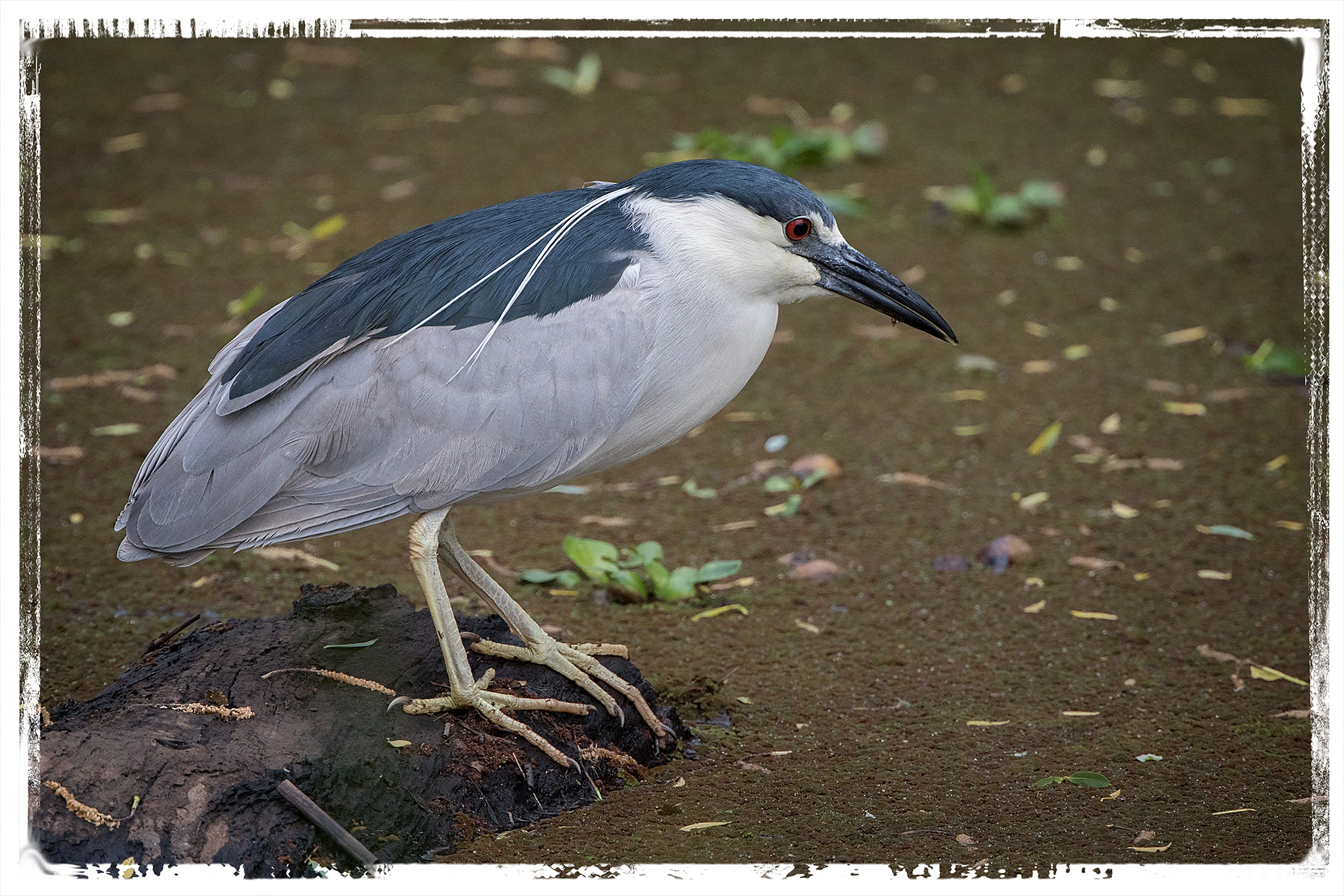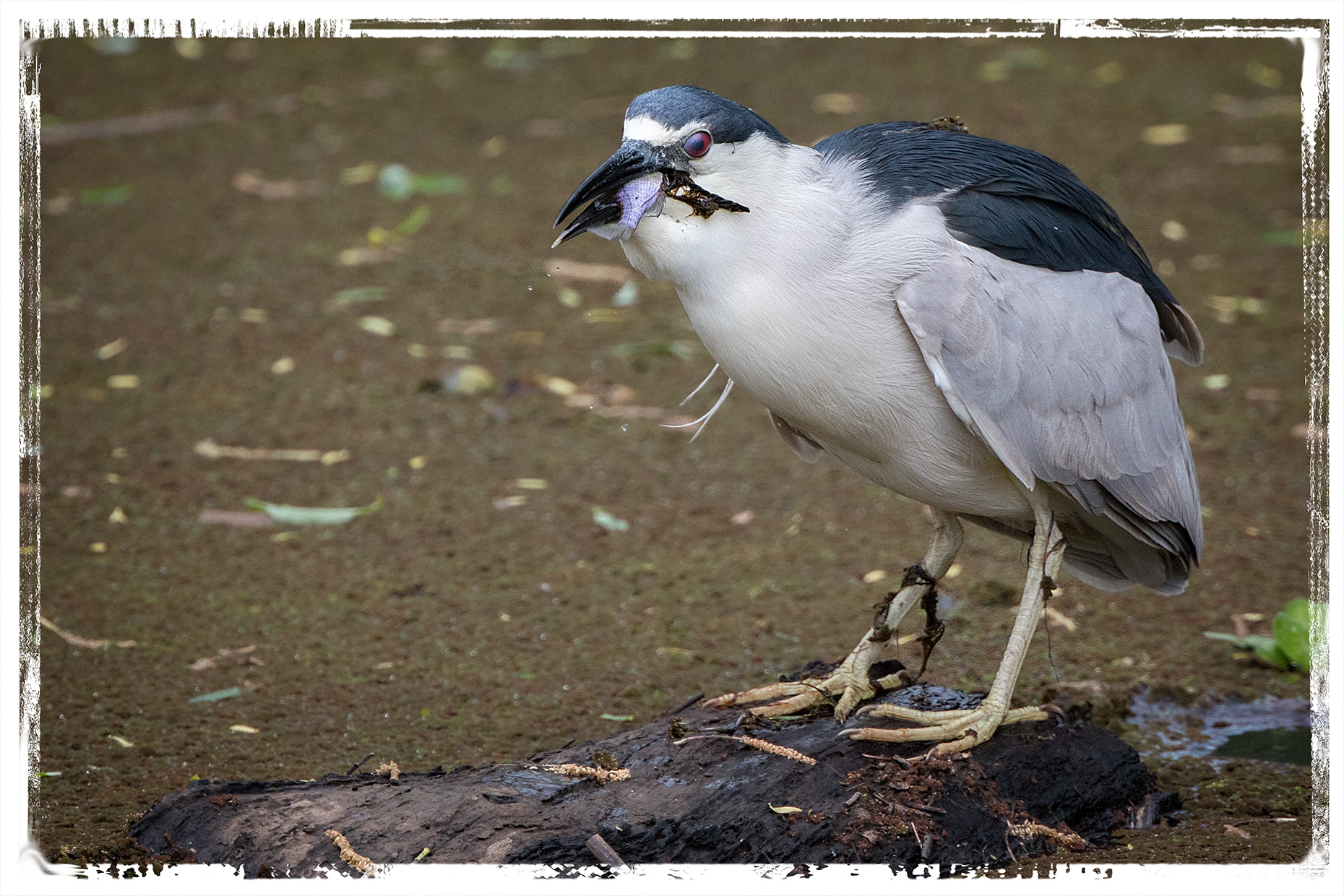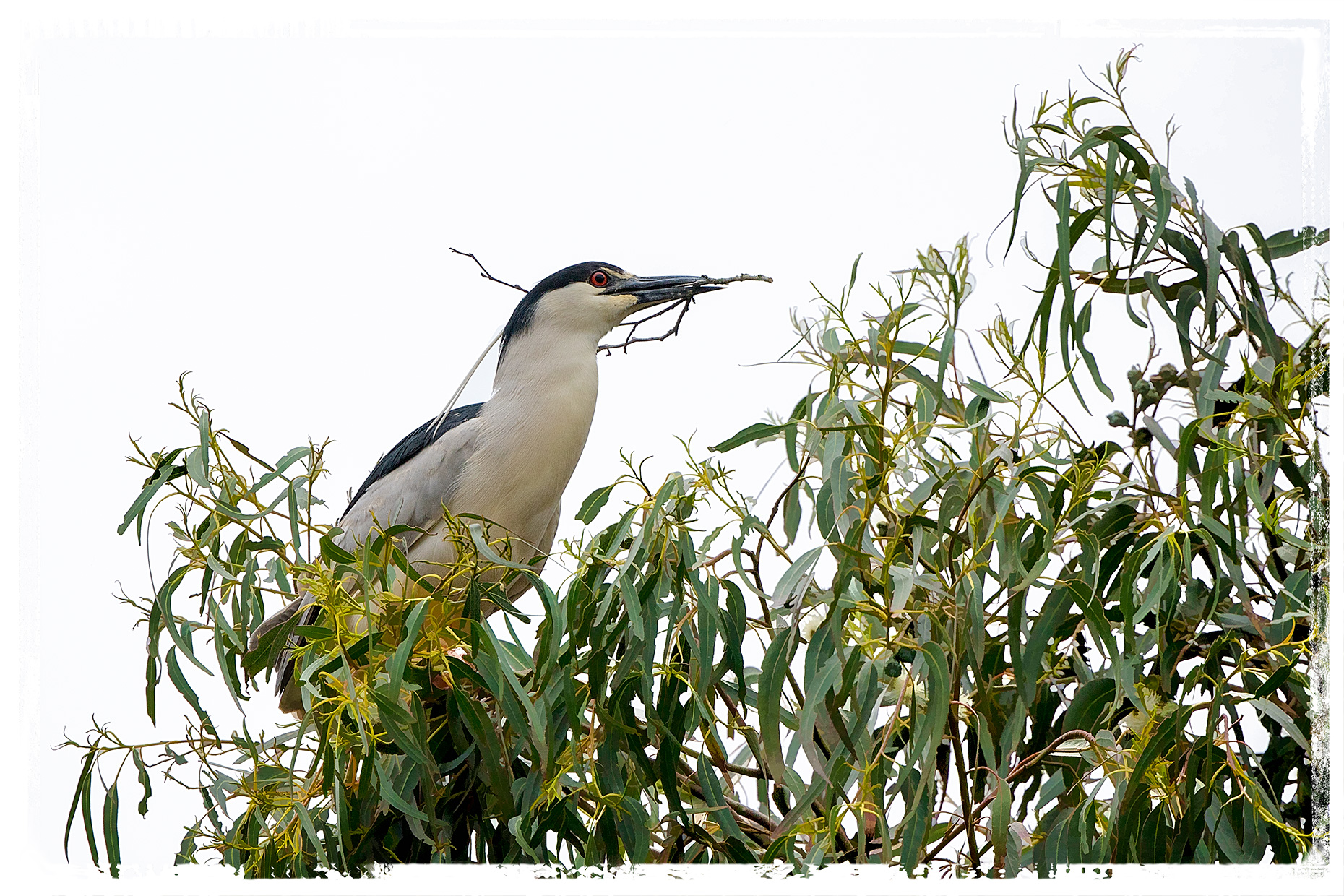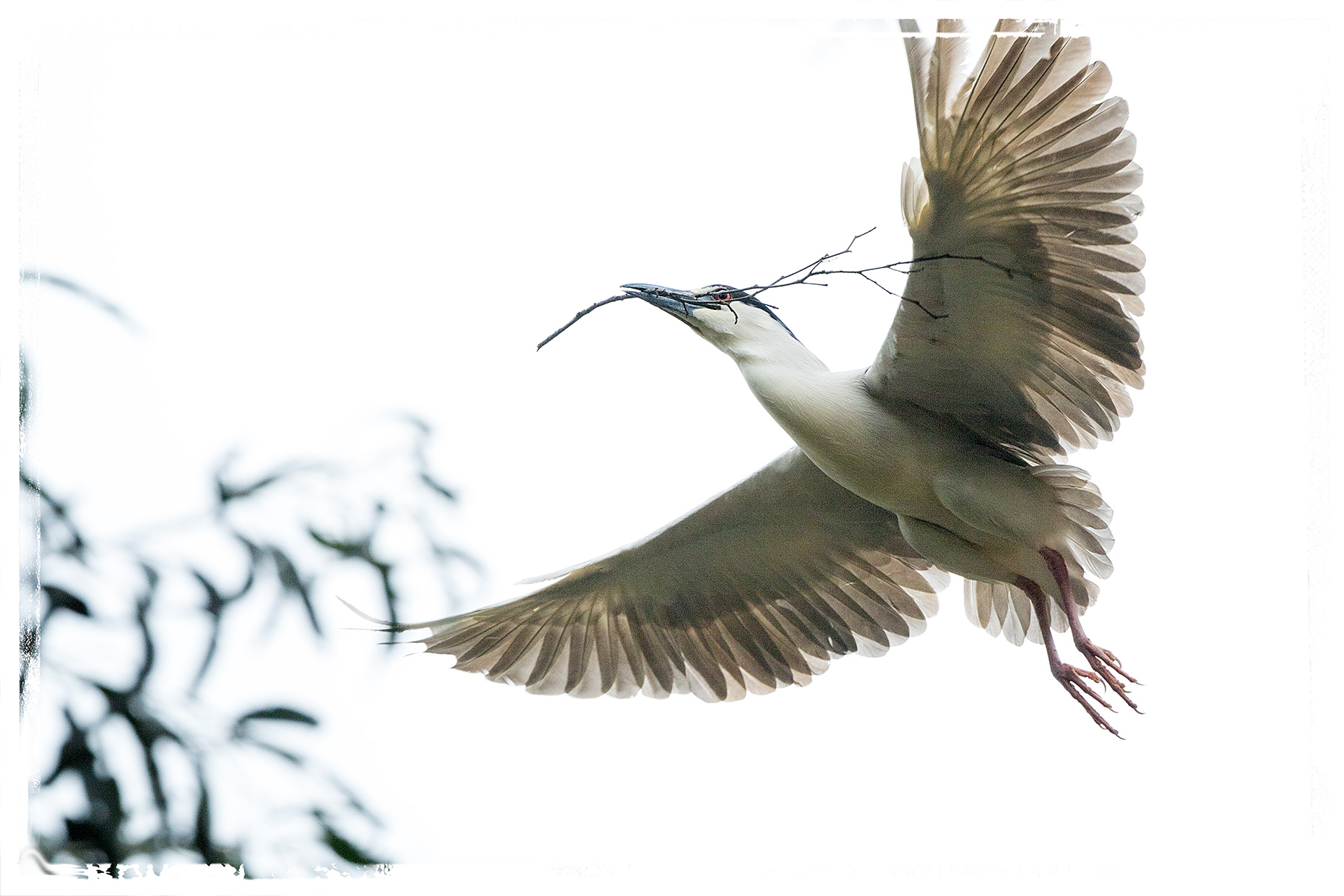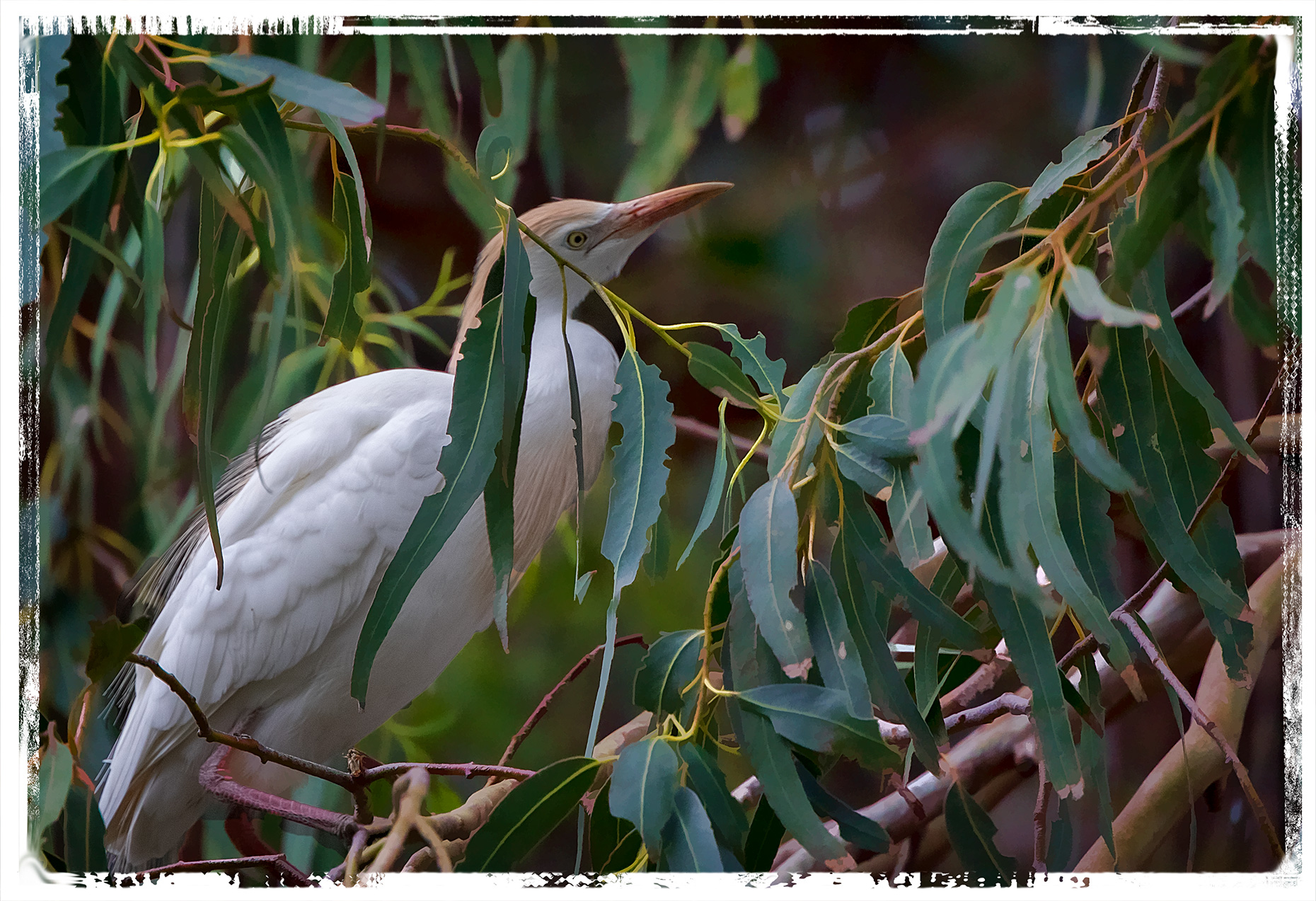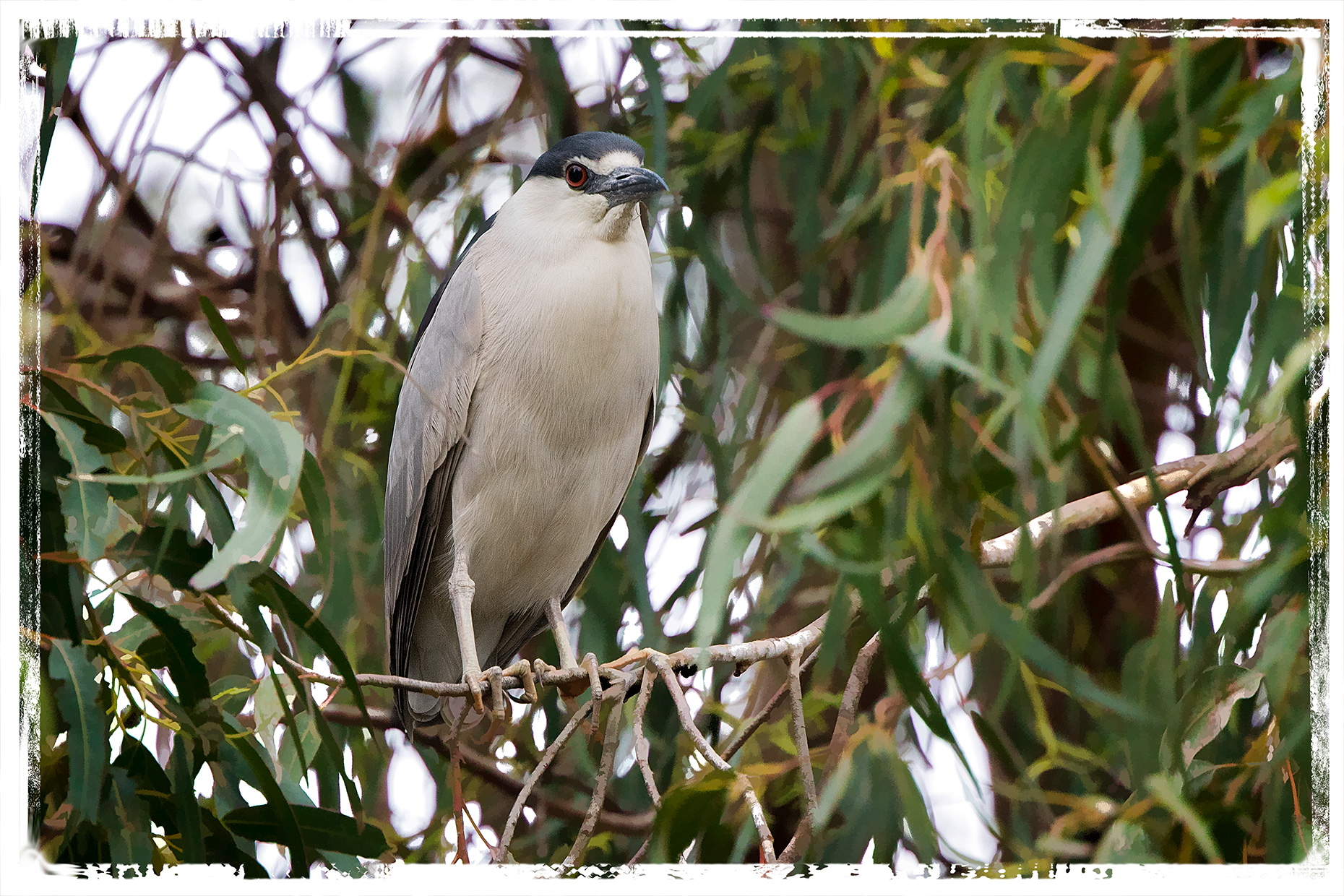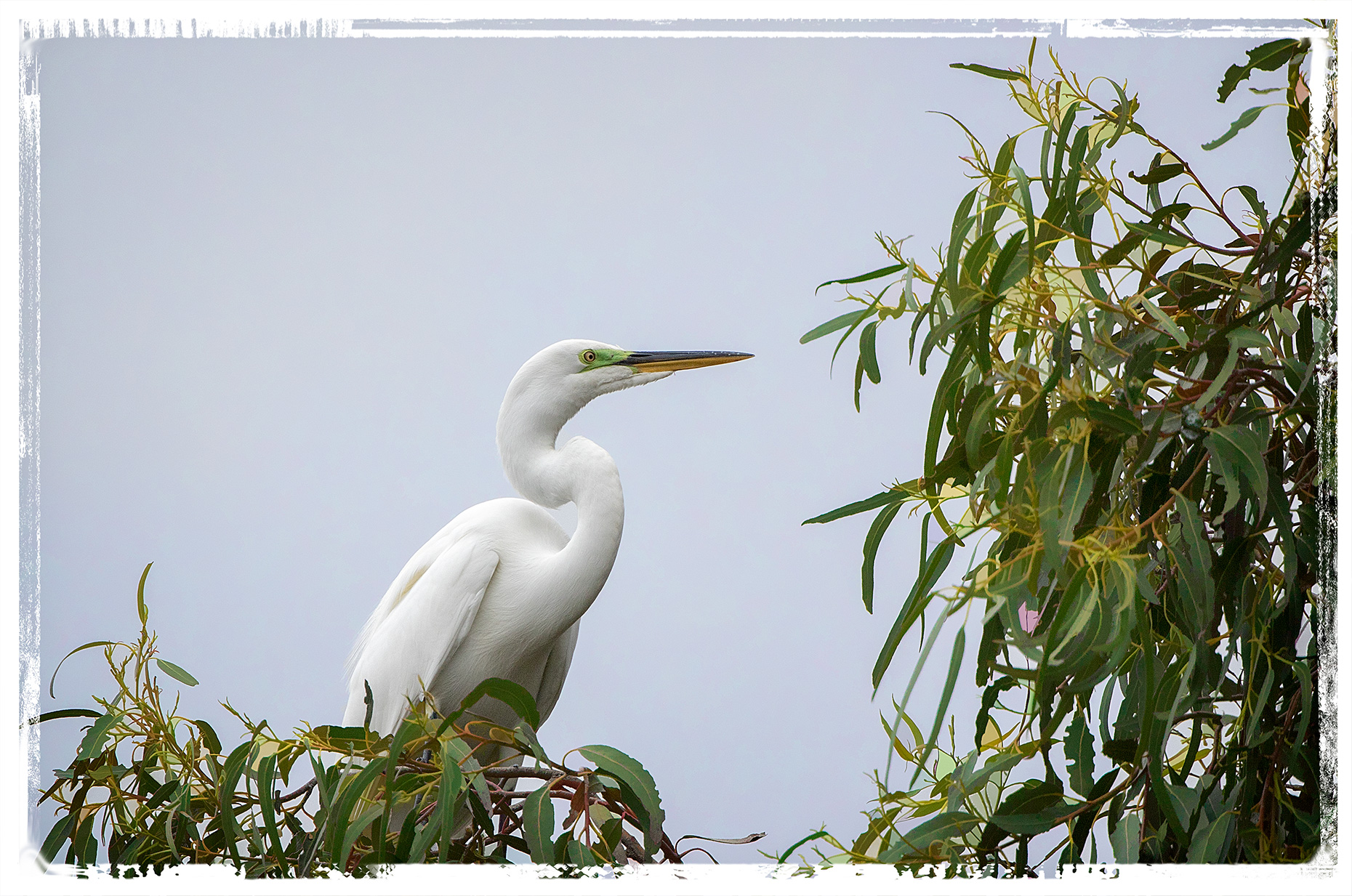Although I got some shots I really love while shooting the Heron Colony in Santa Rosa, as I stated in a previous post, I really wish I had taken my 100-400mm lens instead of my 400mm fixed lens. I love the wing pattern on these Great Egrets shot against the backlit sky. I hate that they were all so close that I ended up cutting off part of their body. Worst of all, I suspect I’ll never get a chance to photograph on a gray day where the sky disappeared into the background.
If I didn’t love the wing pattern so much I would have simply deleted these shots, but they allowed me to see the Great Egret Wings in a totally new way.

so I’m going to post them here

so you, too, can see the amazing construction of their wings.

I’ll end the post with a shot from a totally different angle with the proper contrast with the background to show that I really do know how to crop shots.


